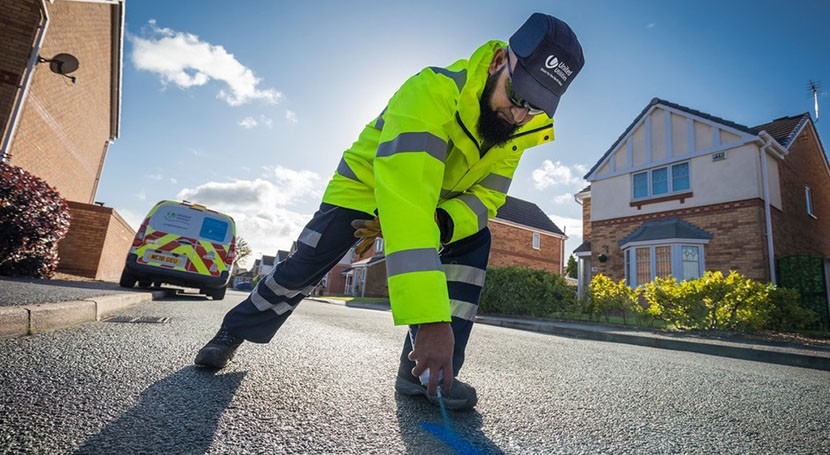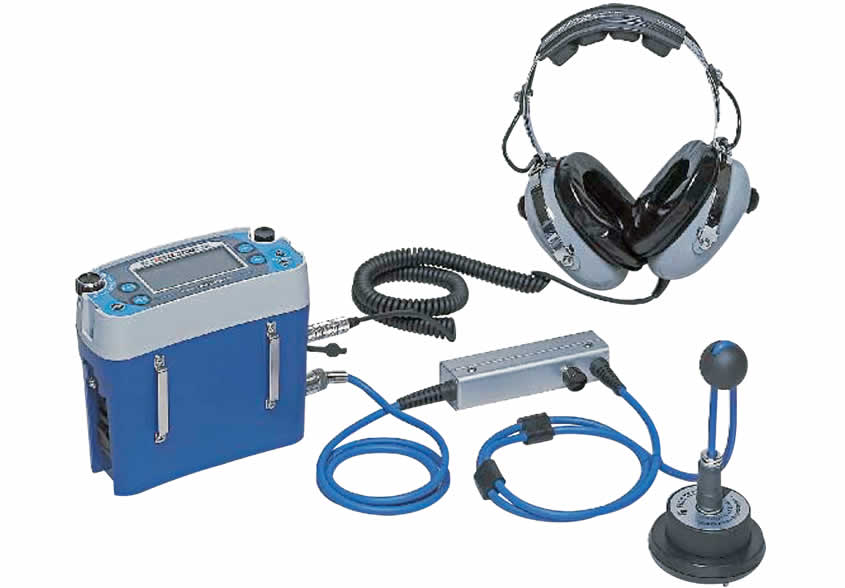Comprehensive Overview to Water Leak Detection for House Owners and Services
Comprehensive Overview to Water Leak Detection for House Owners and Services
Blog Article
Ingenious Solutions for Early Detection of Water Leakages in Buildings and Framework
As the integrity of structures and infrastructure is vital, the challenge of very early detection of water leakages has stimulated cutting-edge services that assure to transform the means we safeguard against possible damages. From innovative leakage detection innovations to the release of IoT sensors for real-time tracking, the landscape of leakage avoidance is developing swiftly. Machine discovering formulas offer a peek right into the future of leakage prediction, while thermal imaging provides a non-intrusive approach for determining hidden leaks. Automated water circulation analysis systems are reshaping just how leakages are identified and dealt with, leading the means for an aggressive method to water leak discovery. Each of these remedies holds the key to guaranteeing the dependability and long life of our built environment, prompting a shift towards a much more lasting and reliable future.
Advanced Leak Detection Technologies
Advanced leak discovery technologies, geared up with sophisticated sensors and algorithms, play a vital role in swiftly recognizing and determining water leakages in numerous setups. These modern technologies use a mix of acoustic, thermal, and electro-magnetic noticing techniques to discover leaks properly. Acoustic sensors detect the sound of running away water, enabling accurate localization of the leak resource. Thermal imaging discovers temperature level adjustments brought on by water leak, giving an additional effective technique for leak recognition. Electro-magnetic sensors can identify modifications in magnetic fields brought on by water, supplying yet another layer of leak detection capability.

IoT Sensors for Real-Time Surveillance
In the world of modern-day water leak detection, the integration of IoT sensing units for real-time monitoring stands for a crucial advancement in enhancing proactive leakage detection capacities. These sensing units provide constant surveillance of water systems, providing real-time data on water circulation prices, stress variants, and temperature modifications. By leveraging IoT technology, these sensing units can find also the tiniest abnormalities in water usage patterns, allowing early identification of possible leaks before they escalate into major problems.
IoT sensing units transmit data to a centralized system, where advanced formulas analyze the information and create informs or notifications when irregularities are found. This real-time tracking capacity allows home proprietors or center supervisors to immediately resolve leakages, lessening water damage, minimizing repair work costs, and preserving water sources.
Furthermore, IoT sensors can be incorporated with building administration systems, enabling computerized responses to discovered leaks, such as turning off water shutoffs or activating pumps to minimize the effect of leaks. On the whole, the implementation of IoT sensing units for real-time monitoring significantly improves the performance and efficiency of water leakage detection in structures and infrastructure.
Artificial Intelligence Algorithms for Leakage Prediction

One secret benefit of using artificial intelligence for leak prediction is its capability to continuously find out and enhance its precision gradually. As even more data is gathered and fed into the formula, it can refine its predictions and adapt to altering problems, inevitably boosting the reliability of leak discovery systems.
Furthermore, maker discovering formulas can assist in identifying refined indicators of leakages that might go unnoticed by standard tracking approaches. water leak detection. By evaluating complicated information embed in real-time, these algorithms can offer very early warnings and alerts, permitting great post to read prompt treatment and preventative maintenance to minimize potential water damage and connected expenses
Using Thermal Imaging for Leakage Detection
Thermal imaging innovation offers a promising strategy for finding water leakages in numerous systems and infrastructures. By utilizing infrared radiation and temperature differences, thermal imaging electronic cameras can determine covert leaks that are not conveniently visible to the naked eye.
One of the crucial advantages of thermal imaging for leakage detection is its non-intrusive nature. Unlike traditional methods that may require burglarizing walls or floorings to find leakages, thermal imaging allows for non-destructive testing. This not only conserves time and decreases costs yet likewise minimizes disruption to the structure or infrastructure being examined. Additionally, thermal imaging can quickly scan big areas, supplying a comprehensive introduction of potential leak resources in a prompt manner. In general, using thermal imaging modern technology enhances the efficiency and precision of water leak discovery, making it a beneficial device for maintaining the honesty of structures and infrastructures.
Automated Water Circulation Analysis Solutions
Exactly how can automatic water circulation analysis systems transform the discovery and management of leaks in different systems and infrastructures? Automated water flow evaluation systems use a proactive method to leak detection by continually monitoring water circulation rates and patterns. By establishing baseline data, these systems can promptly determine deviations that may show a leakage, making it possible for punctual intervention to avoid comprehensive damages.
These systems use sophisticated formulas to assess real-time data and offer instant notifies when abnormalities are discovered, enabling quick action to be taken. In addition, computerized water flow evaluation systems can be incorporated with building monitoring systems or IoT platforms, boosting total efficiency and enabling remote tracking capacities.
Additionally, the information collected by these systems can be utilized for predictive maintenance functions, click to find out more assisting to identify prospective weak go right here points in the infrastructure before leakages take place. On the whole, the application of automatic water flow analysis systems can significantly improve leakage discovery and administration practices, ultimately leading to set you back financial savings, minimized water waste, and enhanced sustainability in buildings and infrastructure.

Final Thought
Finally, the assimilation of advanced leak detection technologies, IoT sensors, machine learning algorithms, thermal imaging, and automated water flow analysis systems offers innovative solutions for early detection of water leaks in structures and framework. These modern technologies make it possible for real-time monitoring, prediction of leaks, and reliable discovery approaches to avoid water damage and wastefulness. Implementing these options can assist in maintaining the stability and sustainability of water supply in numerous setups.
Report this page